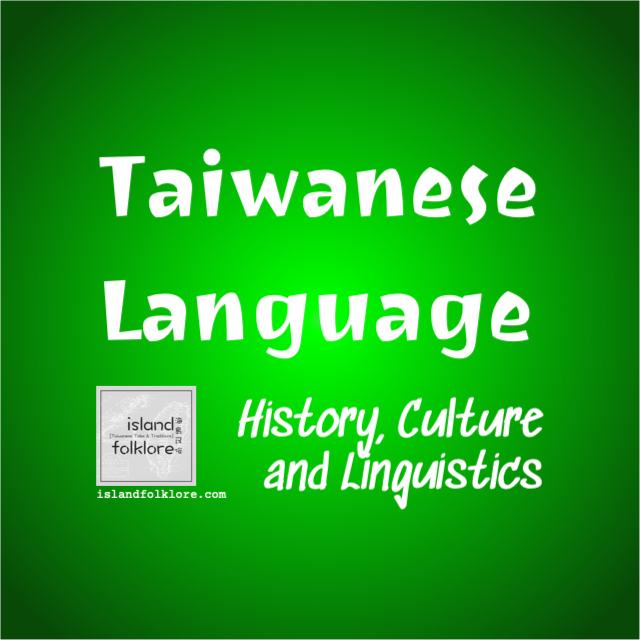Dumplings are a staple all over the world.
From the Italian ravioli to the pierogi of Eastern Europe, these tasty morsels come in all shapes, sizes and flavours. In the Far East, the most common type of dumplings is made from a flour-based dough with minced meat and vegetable fillings formed roughly in the shape of the sycee ingots.
These dumplings are called jiǎozi or gyōza and, in recent years, they have become popular in the West. There is, however, another kind of dumpling popular in the East. These are the rice dumplings or zòngzi; also called ròuzòng in Mandarin—or bah-chàng in the Taiwanese language.

Taiwan’s bah-chang is a dumpling of glutinous rice stuffed with meat and vegetable fillings and wrapped with bamboo leaves. While they are available all year round as an easy, portable and tasty lunch or snack, they are mostly associated with the popular summertime Dragon Boat Festival.
These tasty treats have a close association with the dragon boat and an interesting, albeit rather sad, origin story.
The following is the text from the tale originally published in our Dragon Boats article:
The [roots of the Dragon Boat Festival and the rice dumpling] date back to a time known as the Warring States (Zhànguó) period—a 254-year period from 475 to 221 BCE that preceded the creation of the first unified imperial Chinese state.
Right around the time the Romans were trying to unify Italy, many independent kingdoms existed in the Far Eastern lands that were eventually conquered by China’s First Emperor. One of these kingdoms was known as “Chu,” a southern frontier state in what is today the south-central part of China. The Dragon Boat Festival’s origins lie in the life (and death) of a Chu poet and statesman living at the end of the Warring States period.
The said individual’s name was Qū Yuán and he is known for his contributions to the ancient poetic compilation known as The Songs of the South (Chǔ Cí). Today, however, he is mostly remembered for the manner of his death and the festival that arose in his honour.
In 278 BCE, the First Emperor’s kingdom—the Kingdom of Qin (pronounced Chin; origin of the name “China”)—was well on its way to creating “China.” The Qin dealt a severe defeat on the Kingdom of Chu and the Chu capital of Ying was overrun by invading Qin forces. By the close of the century, the Qin will have subdued all the warring states and establish the first Chinese Empire.
It is said that the famed Chu poet-statesman, Qū Yuán, on learning of the devastation suffered by his country at the hands of the Qin, was overcome by grief. He was said to have waded into the Miluo River where he drowned himself in an apparent ritual suicide to express his anguish.
Local villagers rushed out on their watercrafts and boats for a search and rescue mission. But, alas, their efforts were unsuccessful. In the end, all the villagers could do was to toss rice, wrapped in bamboo leaves, into the river as offering both to the spirit of Qū Yuán as well as feed to prevent the river fish from devouring Qū Yuán’s body. The rice tossed into the river is believed to be the origin of the custom of making zòngzi dumplings during the Dragon Boat Festival.
It is said that, in memory of the much-revered poet and statesman, the villagers held annual dragon boat races on the anniversary of his death to celebrate his achievements in life. This custom subsequently spread to many other places and has survived to the present.
And that is how the zòngzi or, in Taiwanese, bah-chàng, along with the Dragon Boat Festival, came to be.




